Quiz: Ontario Traffic Rules 1
It might be stressful, but there are ways to make things easier for you. You should do perfect preparation, you should know all the rules so that you can be a responsible driver on the road.
ADVERTISEMENT
ADVERTISEMENT
Is the driver responsible for passengers wearing seat belts?
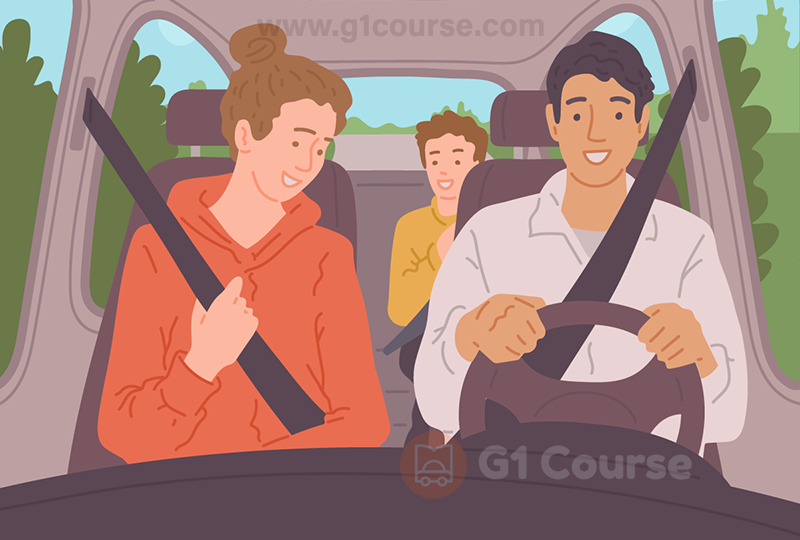
Only if the passengers are under 16 years of age
Only if the passengers are over 16 years of age
Only if the passengers are in the front seat
Only if the passengers are in the back seat
Correct!
Wrong!
When driving with headlights on, in what situations are drivers required to use low-beam headlights?
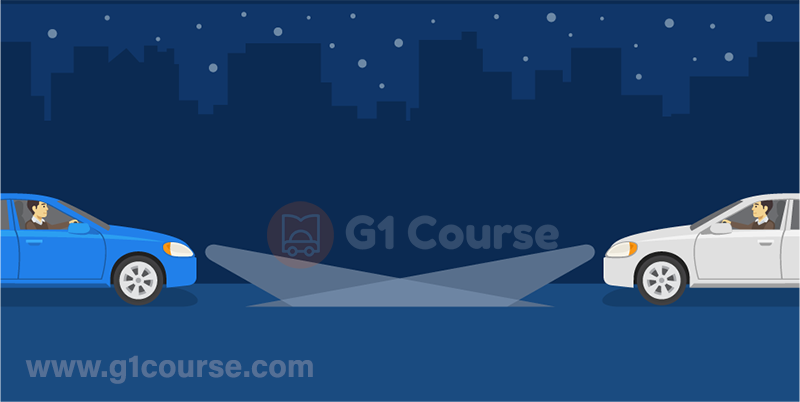
within 150 metres of an oncoming vehicle
within 30 metres of an oncoming vehicle
within 300 metres of an oncoming vehicle
within 50 metres of an oncoming vehicle
Correct!
Wrong!
Where there are no posted speed limits, the maximum speed in cities, towns and villages is:
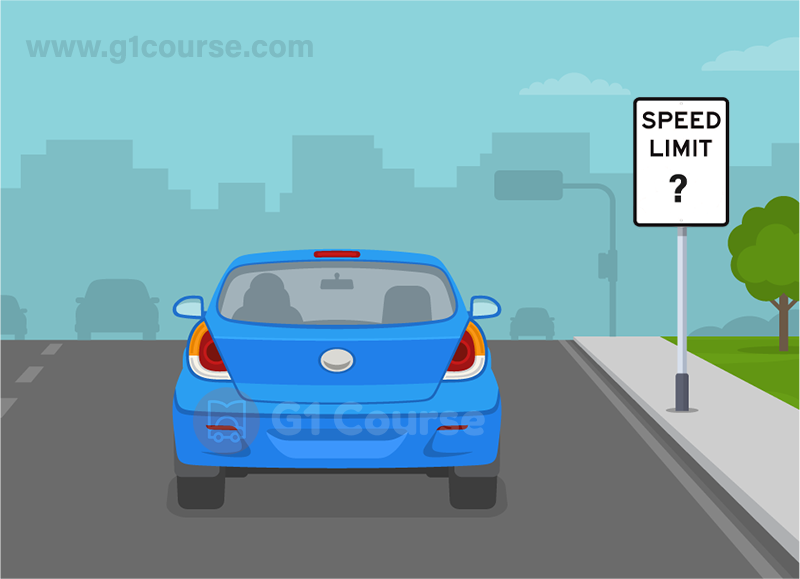
50km/h
30km/h
40km/h
60km/h
Correct!
Wrong!
When arriving at an intersection which has no stop line, crosswalk, or sidewalk, where must drivers stop?
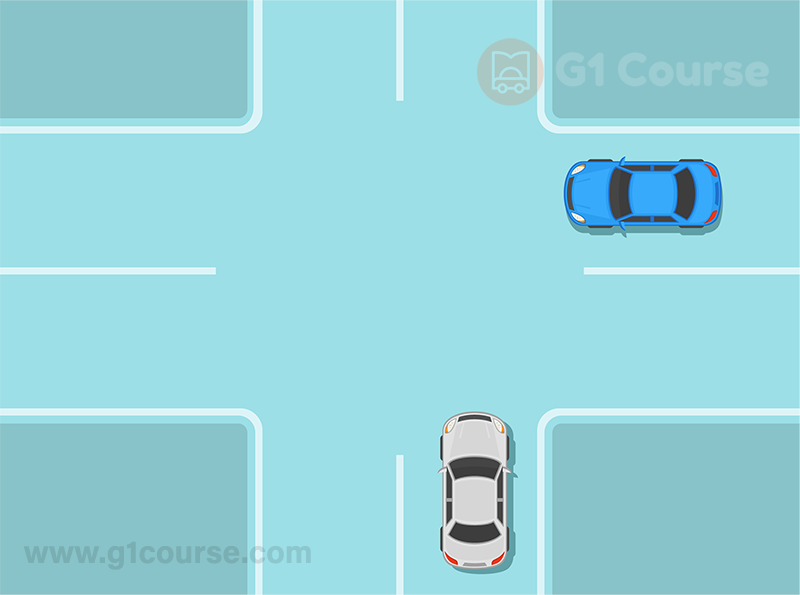
At the edge of the intersection
Right beside the stop sign
Right before the stop sign
A little into the intersection
Correct!
Wrong!
Upon approaching an intersection marked with a “Yield” sign, you are required to:
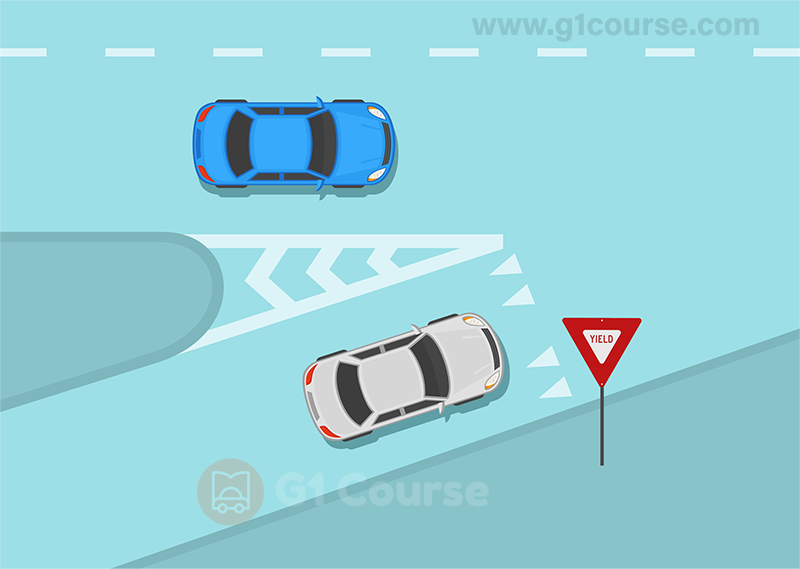
Slow down, stop if necessary, and proceed only when the way is clear
Stop, then enter oncoming traffic slowly
Stop, then enter oncoming traffic quickly
Speed up and force their way into oncoming traffic
Correct!
Wrong!
When towing a trailer or boat, the driver of a motor vehicle is not permitted to carry the following in the trailer or boat:
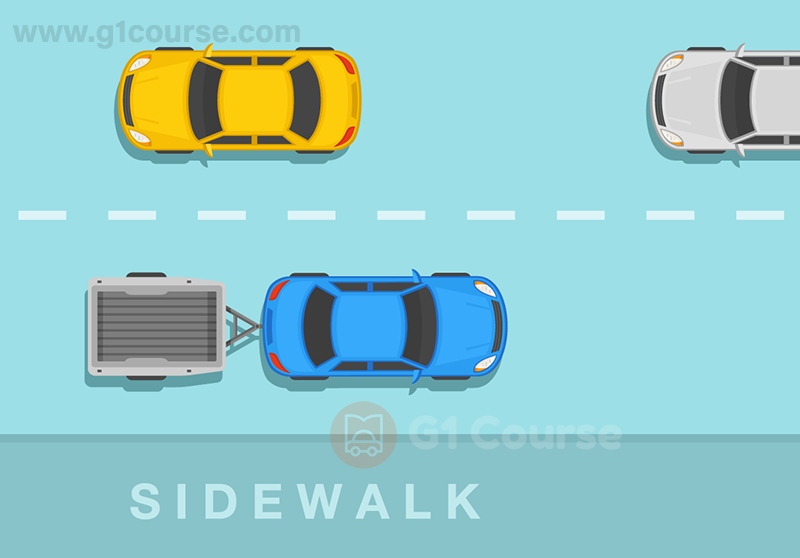
People
Firearms
Flammable materials
Camping equipment
Correct!
Wrong!
What lane of traffic should drivers use when they intend to make a right-hand turn?
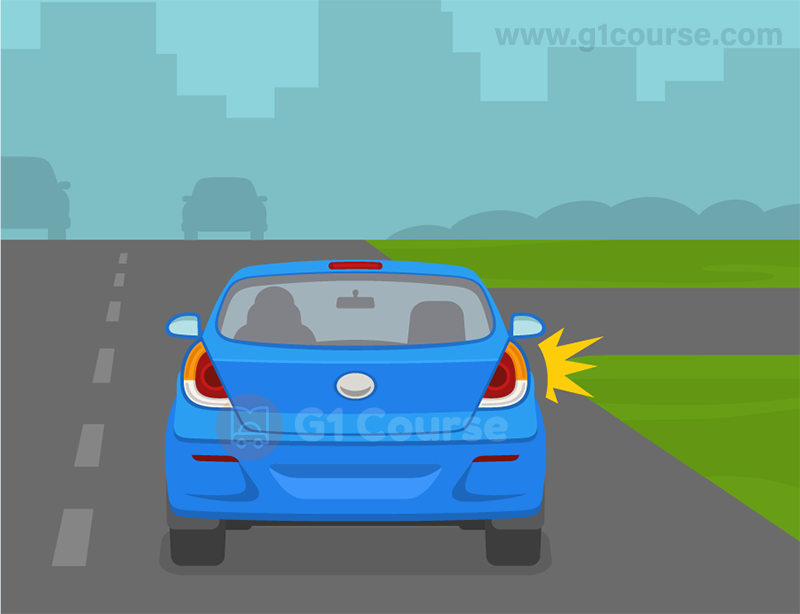
The lane closest to the right side of the road
The lane closest to the left side of the road
The lane closest to the center line of the road
The lane approaching from the left
Correct!
Wrong!
Why must drivers use signals when turning?
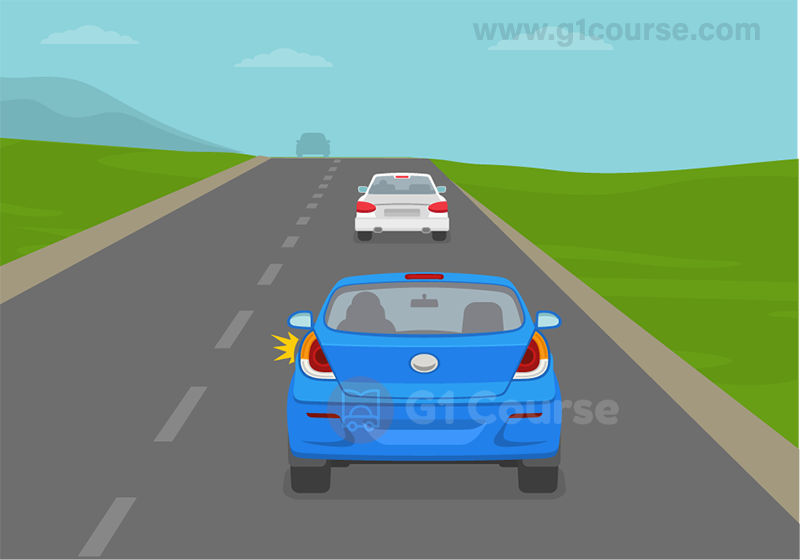
All answers are correct
To notify oncoming traffic of their intention
To notify drivers behind them of their intention
To notify pedestrians of their intention
Correct!
Wrong!
When a right turn against a red signal light is permitted, what does the law require drivers to do before entering the intersection and making the turn?
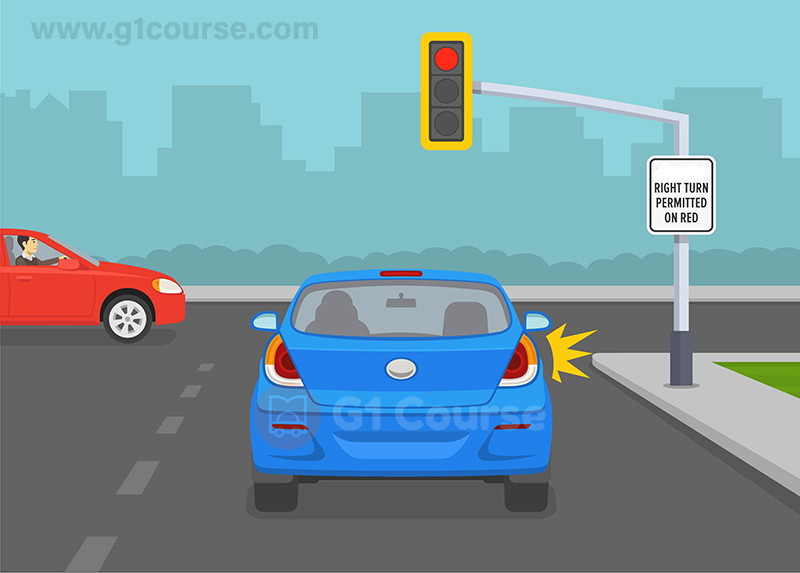
Come to a complete stop, wait until the way is clear, and proceed when it is safe to do so.
Slow down and proceed with caution
Stop, then edge into traffic
Slow down, signal and turn
Correct!
Wrong!
If an emergency vehicle with lights on and sirens sounding is travelling on a street that allows for two-way traffic, what does the law require drivers to do?
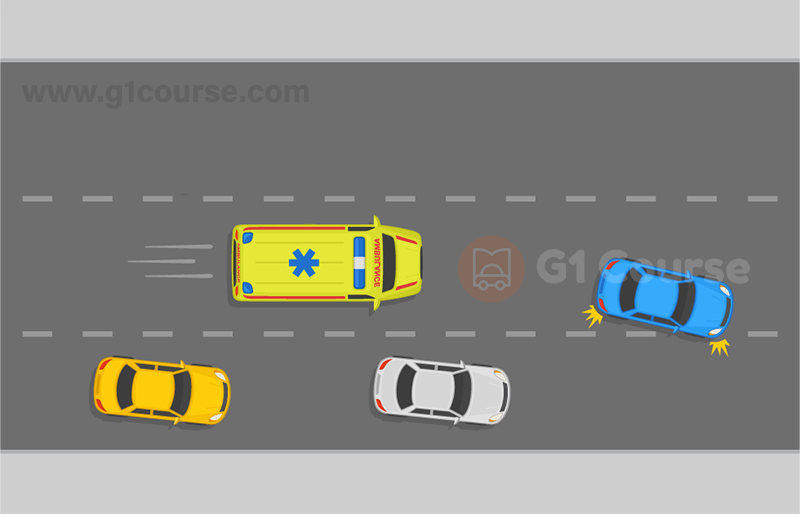
Pull to the right as far as possible and stop
Speed up and get out of the way
Signal the driver to pass
Continue at the same speed
Correct!
Wrong!
A flashing yellow beacon above an intersection means what?
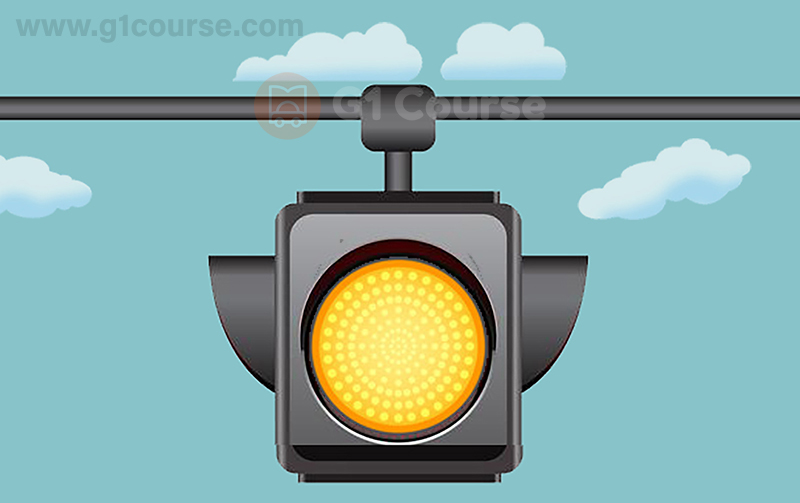
Warns drivers to proceed with caution
Requires drivers to stop if making a right turn
Permits drivers to continue at the same speed
Requires drivers to stop if making a left turn
Correct!
Wrong!
When lights are required, drivers must use low-beam headlights when following another vehicle within what distance?
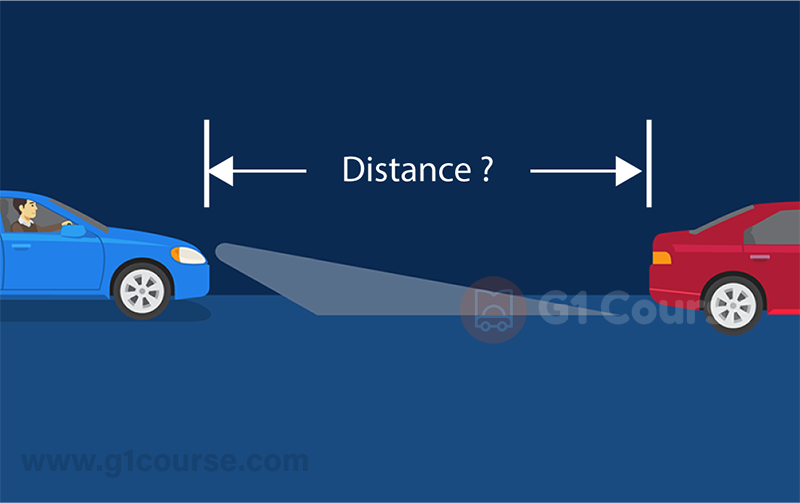
within 60 metres
within 30 metres
within 120 metres
within 100 metres
Correct!
Wrong!
In what lane must drivers be before making a left turn from a one-way street?
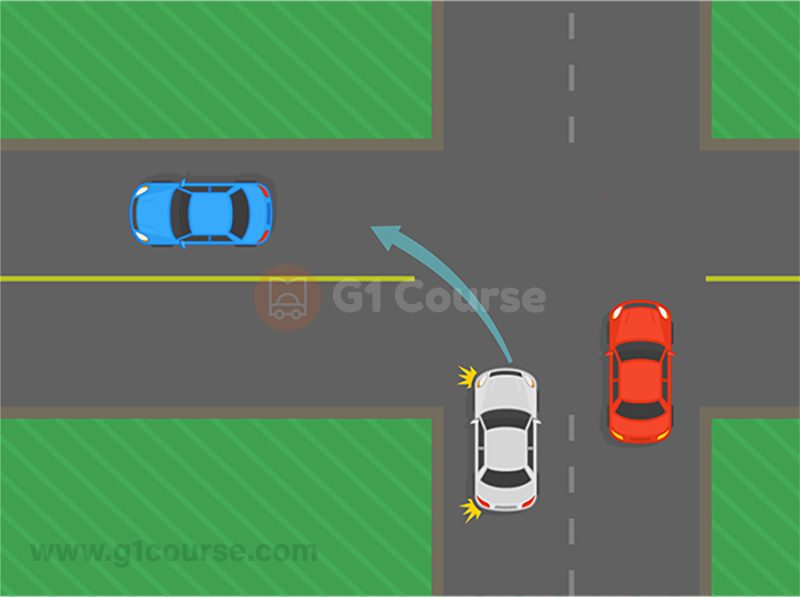
In the lane closest to the left-hand side of the roadway
In the lane closest to the right-hand side of the roadway
In the lane closest to the center line of the roadway
The lane does not matter provided the driver signals
Correct!
Wrong!
When the traffic signal light facing a driver is red and the driver intends to go straight through the intersection, what must the driver do first?
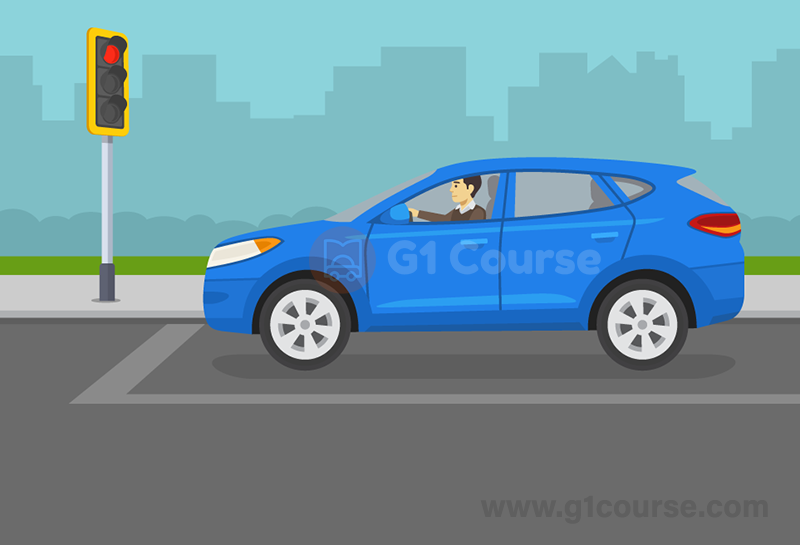
Stop, wait until the light changes to green and the intersection is clear before moving through it
Stop, give pedestrians the right-of-way, then proceed with caution
Stop, proceed when the way is clear
Slow down, proceed when the way is clear
Correct!
Wrong!
When does the law require lights on vehicles to be turned on?
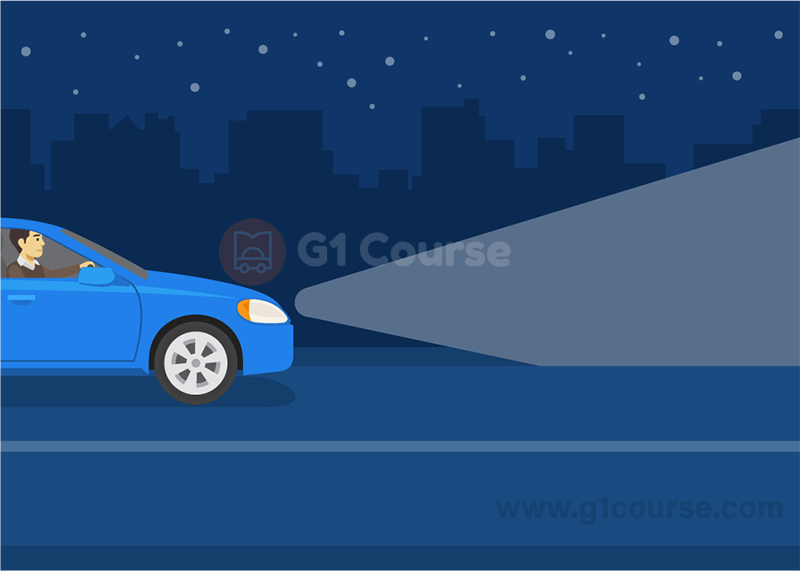
Between half an hour before sunset to half an hour after sunrise and at any other time visibility is not clear for a distance of 150m
Between sunset and sunrise
Between sunset and sunrise as well as any other time visibility is not clear for a distance of 150m
No specified time
Correct!
Wrong!
When entering a highway from an entrance ramp, you should…?
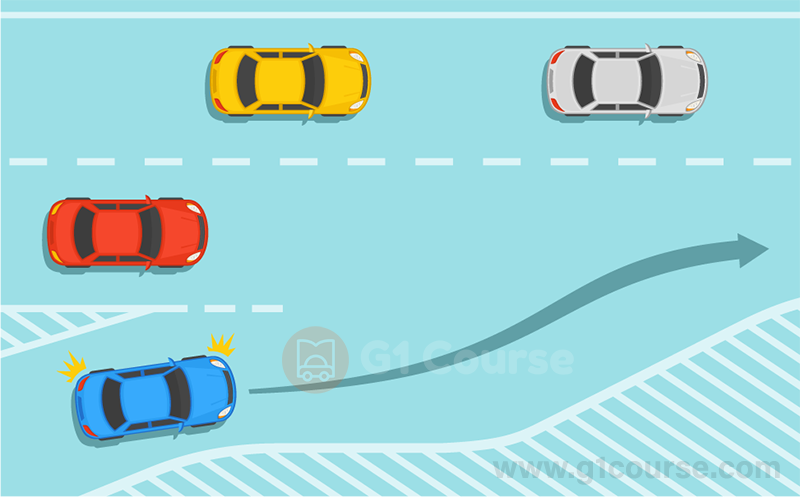
Signal, increase speed and merge smoothly with traffic
Stop on the acceleration lane, wait for an opening, and then enter the freeway rapidly
Slow down, then enter the freeway at a sharp angle
Drive slowly and be prepared to stop for freeway traffic
Correct!
Wrong!
When a streetcar is stopped to take on or discharge passengers where there is no safety zone, what does the law require drivers to do before passing the streetcar?
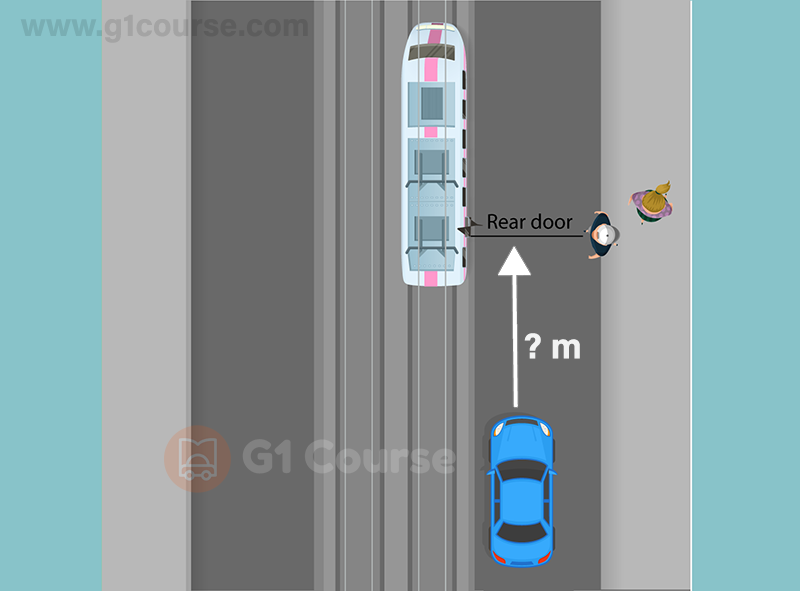
Stop at least two metres behind the rear doors where passengers are getting on or off
Stop behind the rear of the streetcar, then proceed with caution
Sound horn and pass with caution
Pass on the left side when the way is clear
Correct!
Wrong!
Why must a vehicle undergo emission testing?
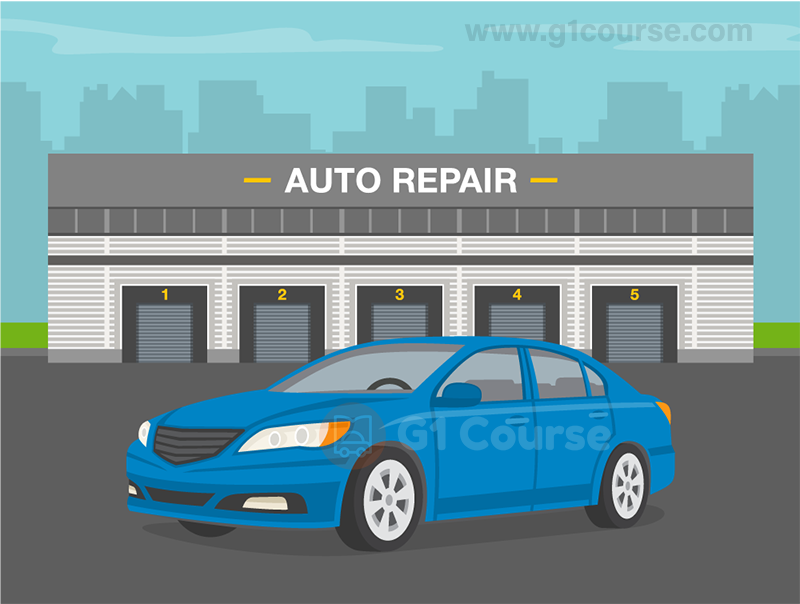
All answers are correct
Because the vehicle registration needs to be renewed
Because the vehicle is past a certain age
Because the vehicle may be grossly polluting the environment
Correct!
Wrong!
In Ontario, there is a seat belt law
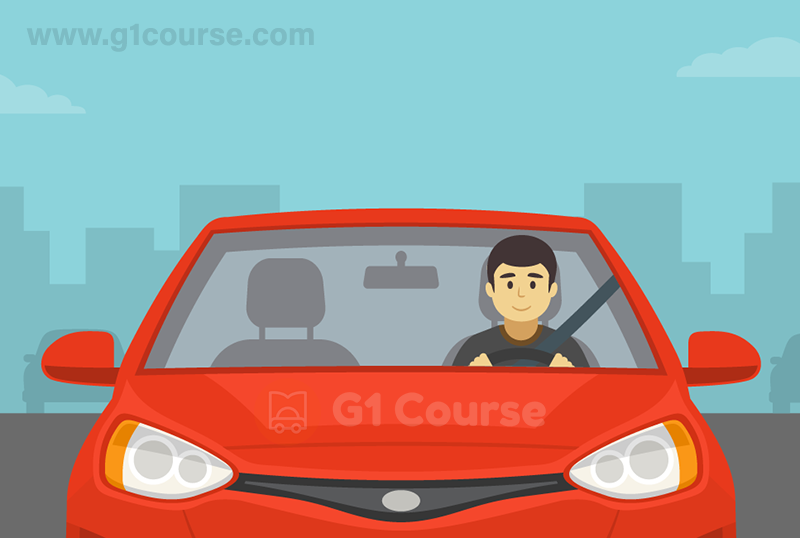
Yes
No
Only when driving on an open highway
Only when driving within a municipality
Correct!
Wrong!
If a driver is caught driving with a blood alcohol concentration (BAC) from —————-, the police can immediately suspend the driver’s license up to three days for a first occurrence.
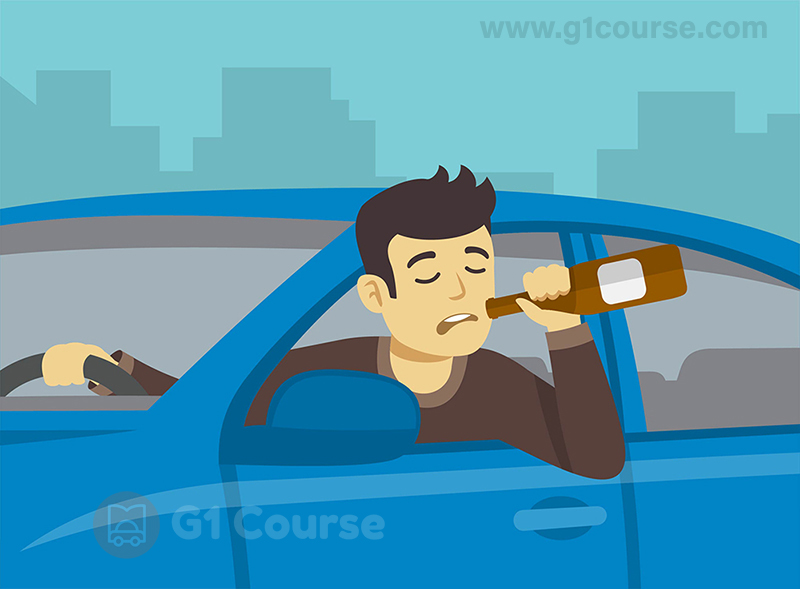
0.05 to 0.08
0.08 to 0.10
0.07 to 0.08
0.08 to 0.18
Correct!
Wrong!
A person whose driver’s licence is under suspension, may
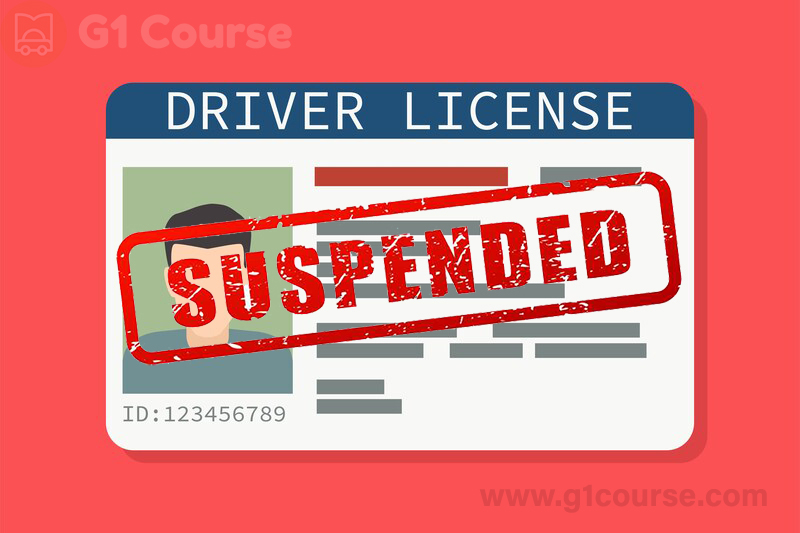
not operate a motor vehicle under any circumstance
operate a motor vehicle in the case of an extreme emergency
operate a motor vehicle to and from work
operate a motor vehicle when accompanied by a licensed driver
Correct!
Wrong!
When passing a cyclist, drivers of motor vehicles must maintain a minimum distance of:
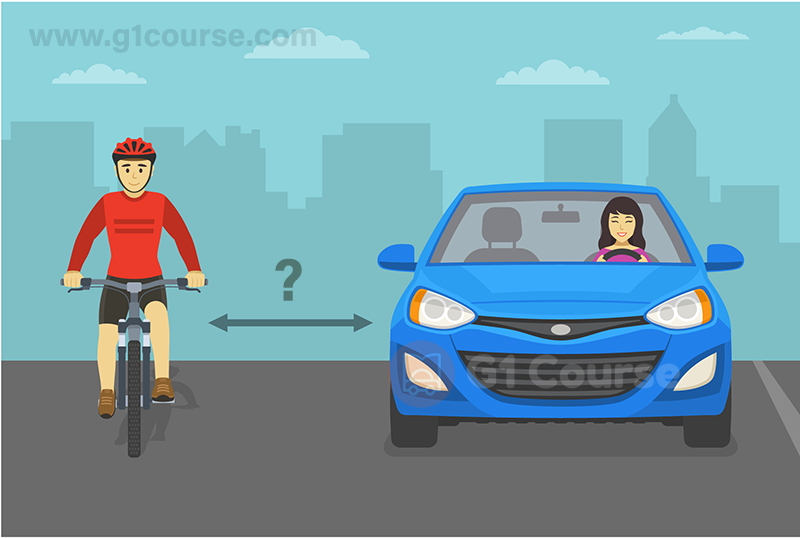
one metre between the vehicle and the cyclist
two metres between the vehicle and the cyclist
three metres between the vehicle and the cyclist
five metres between the vehicle and the cyclist
Correct!
Wrong!
Upon approaching a stop sign, what does the law require drivers to do before entering the intersection?
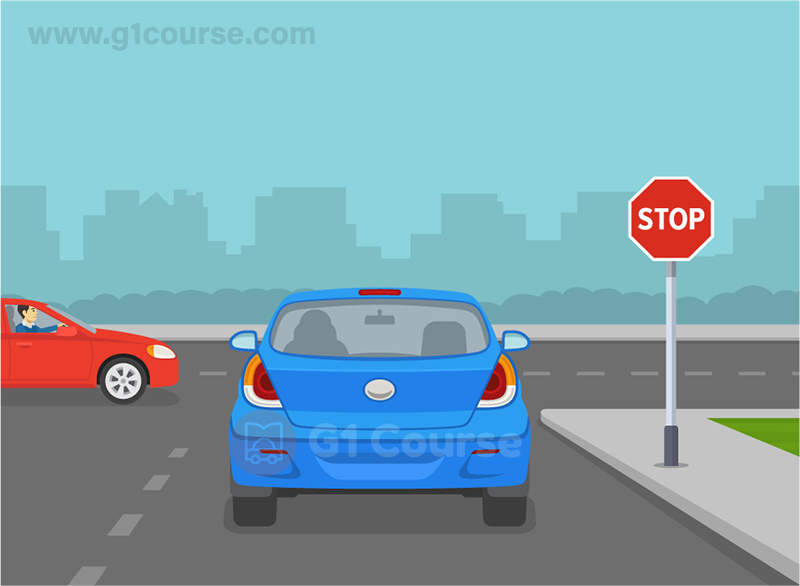
Stop, and when it is safe to do so, proceed
Slow down, sound horn and proceed
Slow down and if the way is clear, proceed
Stop, sound horn, then proceed
Correct!
Wrong!
When a police officer signals a driver to pull the vehicle over:
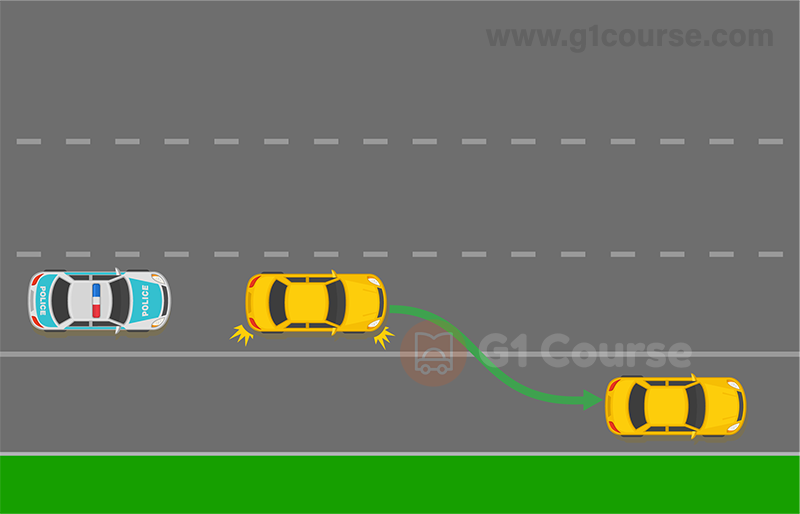
The driver must slow down, pull over as far to the right as safely possible and come to a complete stop
The driver must slow down, pull over as far to the left as safely possible and come to a complete stop
The driver must slow down and stop the vehicle in the driving lane it has been using
The driver must continue driving until the nearest parking lot, signal, pull into the parking lot, and stop
Correct!
Wrong!
When it is safe to do so, passing other vehicles on the right side
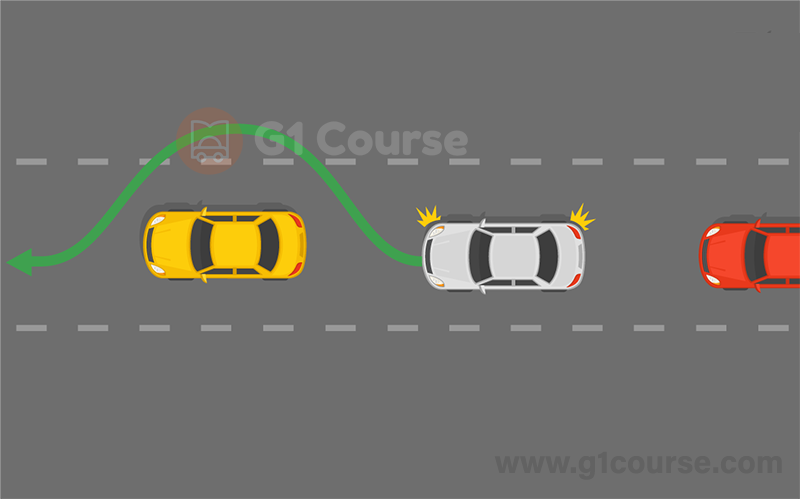
Is permitted when the street or highway has two or more lanes for traffic in the direction the vehicle is traveling.
Is permitted at any time on any street or highway
Is permitted providing it is possible to do so by driving on the shoulder of the road
Is not permitted under any circumstance
Correct!
Wrong!
If a signal light changes from green to amber as a driver approaches an intersection, what should the driver do?
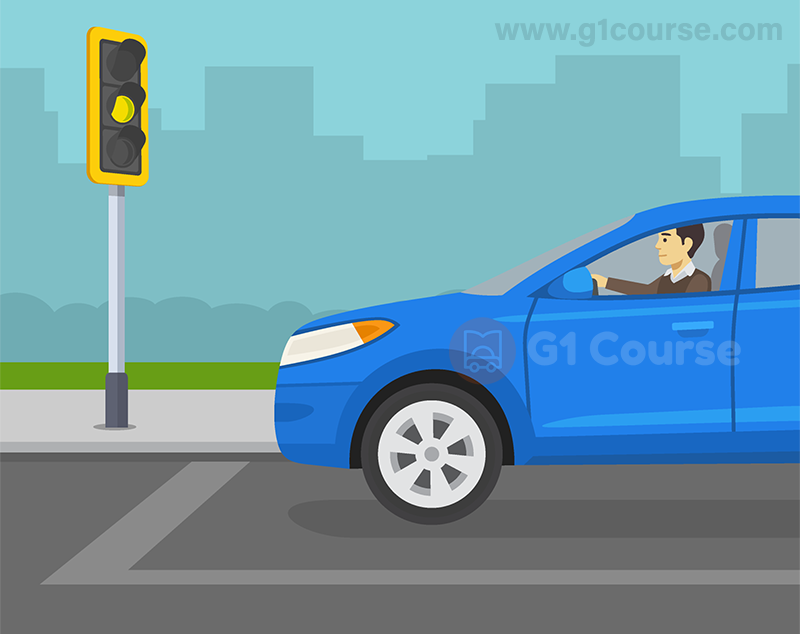
Stop. If stop cannot be made safely, proceed with caution
Speed up to clear the intersection as quickly as possible
Maintain current speed and continue through the intersection.
Sound horn to warn pedestrians and other drivers that the vehicle will travel through the intersection.
Correct!
Wrong!
On a roadway where traffic is moving in both directions, in what lane must a driver be before making a left turn?
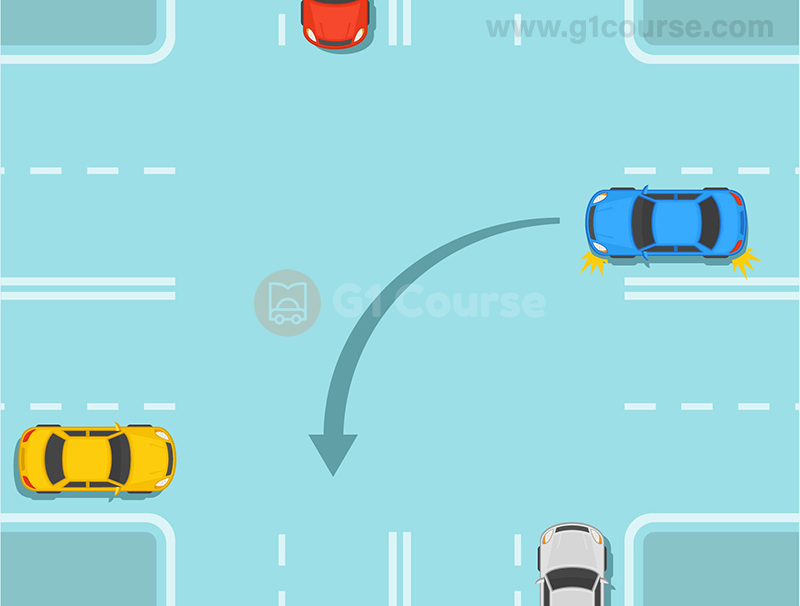
The lane immediately to the right of the center line of the roadway
The lane closest to the right-hand side of the roadway
The lane closest to the left-hand side of the roadway
The lane does not matter provided the driver signals
Correct!
Wrong!
If two vehicles arrive at an uncontrolled intersection (no traffic light, stop sign, or yield sign), at approximately the same time, the right-of-way should be given to:
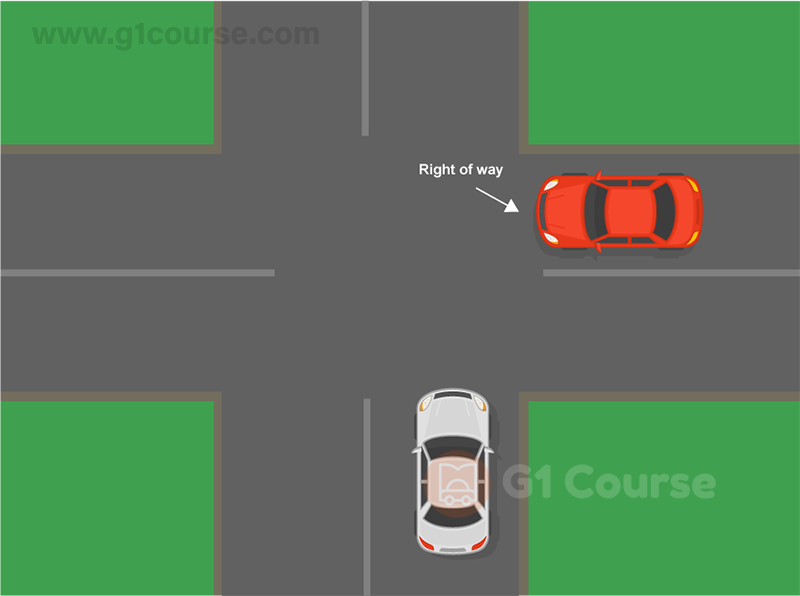
The vehicle approaching from the right
The vehicle approaching from the left
Neither one
The one moving faster
Correct!
Wrong!
Legally, who has the right-of-way over all others at an intersection when the light is green?
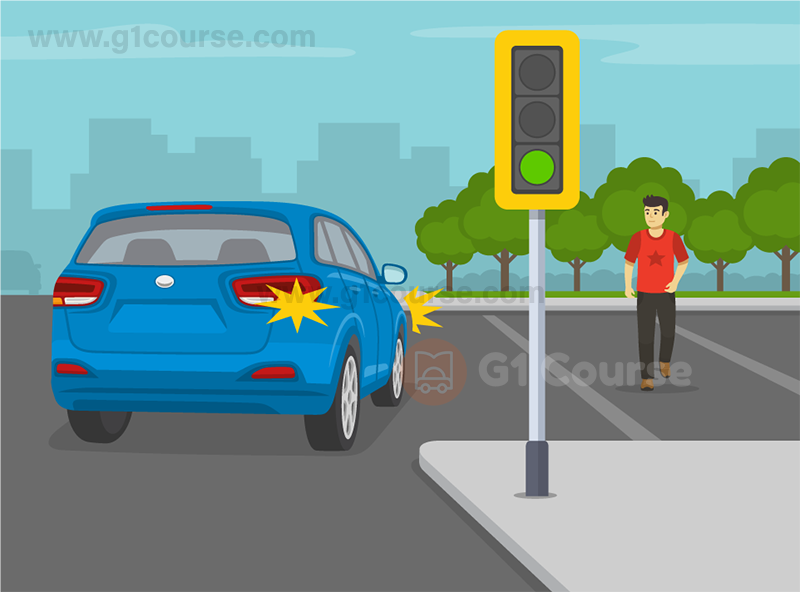
Pedestrians crossing with the light
Pedestrians crossing against the light
Drivers turning right
Drivers turning left
Correct!
Wrong!
A flashing red beacon above an intersection means what?
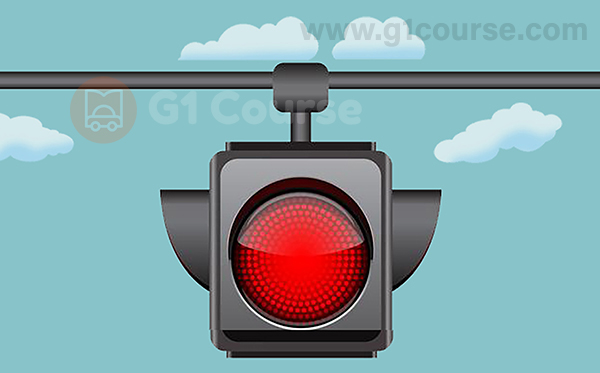
Drivers must come to a complete stop and move through the intersection only when it is safe to do so
Slow down and drive with increased caution
Slow down and if necessary yield right-of-way to vehicles approaching from the left or right
Signal light is out of order, proceed with caution
Correct!
Wrong!
Share the quiz to show your results !
Subscribe to see your results
G1-Rules1
I got %%score%% of %%total%% right
%%description%%
%%description%%
More Learning Options:
Loading…
ADVERTISEMENT
